
Staying hydrated is really important to staying healthy and maintaining proper function of every system in our body. It is commonly recommended for people to have 8 glasses of water throughout the day (roughly 2 litres or half a gallon). Then depending on circumstances, e.g. climate and amount of physical activity, the fluid intake amount/frequency should be adjusted to compensate any additional loss of fluids as a result of additional sweat. For athletes who are training or competing at higher intensities and/or longer durations and at higher temperatures, it is critical that they keep a steady replenishment of fluids else they run the risk of dehydration.

Effects of dehydration: Dehydration can lead to an increase in the athlete’s core temperature, affect aerobic performance, cause fatigue and in some severe cases, cramps, hyponatremia and heat stroke. This article here goes into more details on the effects of dehydration – link.
Typically, the easiest way to know if you are well hydrated or dehydrated is to look at the colour of your urine. The lighter the colour, the more hydrated you are, and a really dark colour usually indicates dehydration and the darker the colour the higher the degree of dehydration. When not exercising, you can also rely on your sense of thirst to tell if you are getting dehydrated. But when an athlete is training/exercising, these 2 indicators would not work because they are symptoms of dehydration which means dehydration has already set in and affected the athlete’s performance. There is also the approach of measuring body mass before and after training to determine fluid loss. But this is a post activity estimate and may not help detect dehydration during the activity.
The alternative is to monitor an athlete’s hydration regularly (or continuously) during the activity, keep track of how much (fluid) is loss, and make sure the athlete is taking in adequate amount of fluids + electrolytes to prevent dehydration. Inside a lab, athletes could be put through urine tests and blood tests to determine dehydration. Often these tests require lots of equipment, takes time, is invasive and it’s hard to execute in the field. Fortunately, there are now a number of wearable and portable technology products are tackling hydration monitoring of athletes in the field. They are mainly sweat monitoring sensors and a saliva based sensor.
Sweat Monitoring Tech
Gatorade Gx Sweat Patch
We talked about the Gatorade Sweat Patch in our May 2019 Top5SportsTechNews. How it works is the single-use Gx Sweat Patch gets stuck on an athlete’s arm pre-training. Then during training or whatever activity, the microfluidics inside the Sweat Patch does its work and collects the sweat (from the athlete), “analyses” the sweat, and provides a visual feedback directly on the patch itself. This microfludic sensing platform was developed in partnership with Epicore Biosystems, and the sweat analysis, which is presented by visual lines shows the athlete’s sweat rate and sweat sodium concentration.
In case you were wondering how the Sweat Patch works with an App, it actually does so without any electronics or bluetooth like most wearable sensors. The athlete takes a picture of the Sweat Patch with all the “lines of sweat data” and the App processes the visual data and turns it into numerical sweat metrics.
The recommended usage is to use the Sweat Patch to monitor every different type of activity and/or the same activity in a different condition/climate. The rationale is if the athlete is repeating the same activity in the same condition, it is likely the sweat rate and sodium concentration would be similar and the athlete would be better prepared in terms of hydrating themselves during the activity.
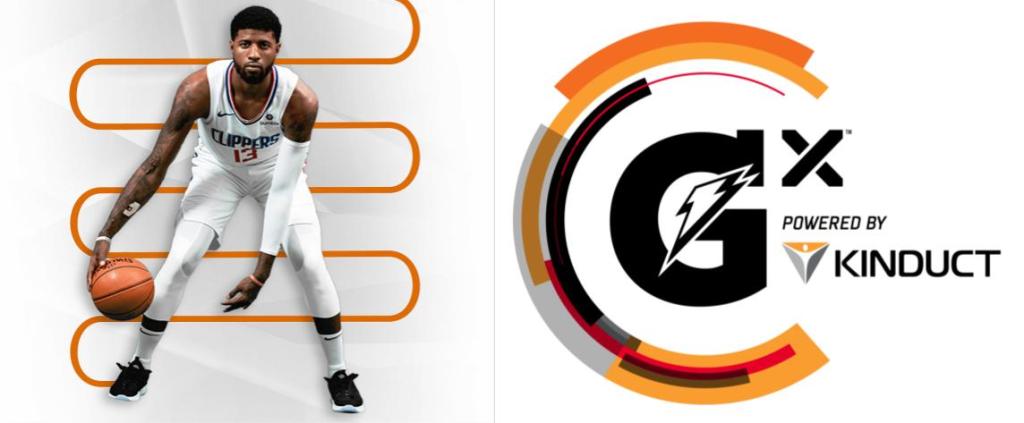
At the moment, athletes can sign up to be on the beta test team here: link, and it looks like it is only available in the US in the summer of 2020. Gatorade has also partnered with Kinduct, an Athlete Management System, so professional teams that are on the Kinduct platform can utilise the Gx Sweat Patch to add hydration data onto their existing suite of training and performance metrics.
Nix Biosensors

Another sweat-based biometric sensor that is about to come into the market was developed by Nix Biosensors. They are a startup that started back in 2014/15. The story was: the founder came across a researcher who was working on a wearable dehydration diagnostic device for the emergency room and saw that as an opportunity to use that for athletes. Then after years of development and testing and getting funding, that idea evolved into the Nix Biosensor.

What’s in the sensor? The sensor consists of 2 main components:
- a single-use sensing patch that is hydrogel based; the hydrogel is suspended in a solution and shrinks in the presence of sweat
- an electronics unit that attaches to the sensing patch, captures and displays the relevant data; the data could also be transmitted to a smartphone or tablet.
Since the sensing patches are single use only, they are expected to be sold in packs of 4 and up to packs of 20. It might even be sold in the form of a monthly subscription model. But these are just speculations at the moment and will become clearer when they launch. Currently, they are running a pilot/beta program and people who are interested can fill up this form here: link.
Sweat Sensors In Research
Besides the few sweat sensor products that are about to enter the market, there are a lot more sweat sensors that are being developed by researchers from various universities. Though little is known about when or whether they will get commercialised. Here are a few that were found:
- Waterproof sweat patch:- a research group from Northwestern University developed a waterproof sensor that can be used by swimmers to track their sweat. They rely on microfluidics which is similar to the Gatorade sweat patch.
- Another similar research conducted at UC Berkley also produced a printable sensor that could monitor sweat rate, electrolytes, and metabolites in sweat. It also works on microfluidics and chemical sensors but the difference is the way it can be manufactured.
- Researchers from University of Cincinnati developed a wearable sensor that could continuously measure sweat in order to monitor thousands of biomarker targets. The research has led to a startup (Eccrine Systems) to commercialise this technology.
Saliva Based Sensor
Next up, we look at an entirely different approach to measuring hydration and that’s using an athlete’s saliva or salivary osmolarity (SOSM) testing. Previous research has shown that using saliva or assessing saliva osmolarity is an effective way of determining dehydration and even has some advantages over urine and blood tests. [For anyone who is interested, here are a couple of research papers links: link1; link2]
MX3 Diagnostics
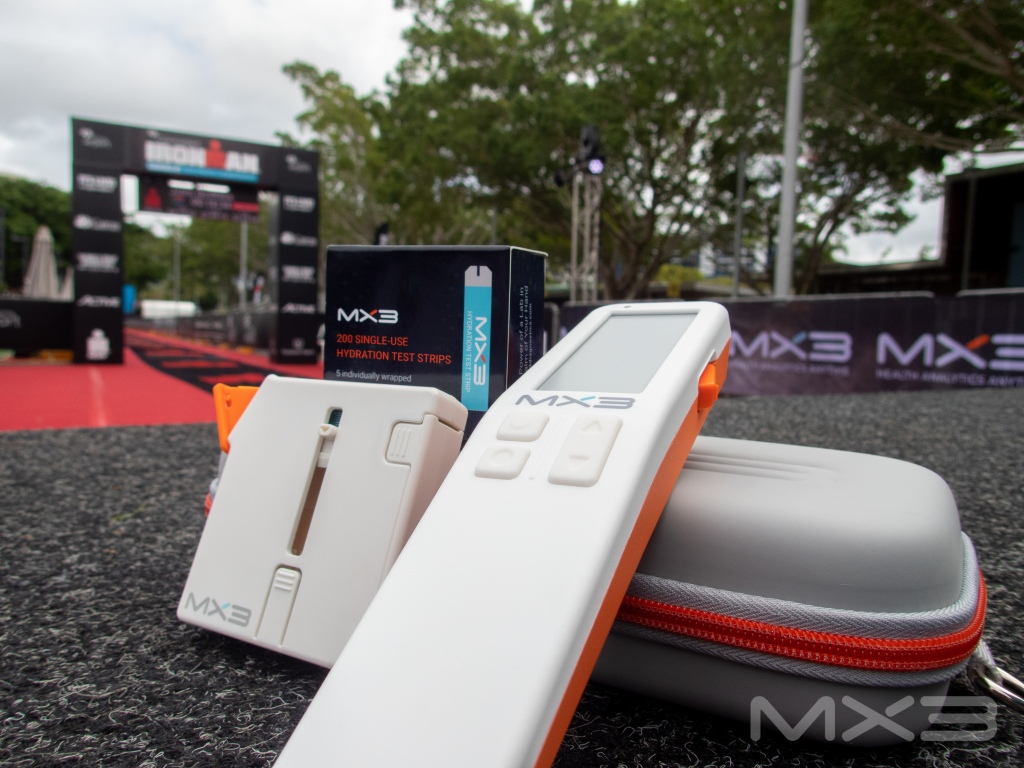
MX3 Diagnostics was the first company that came up with a portable saliva testing system. The founder of MX3 first came across this rapid diagnostics method that was developed by researchers in the University of Melbourne. He felt that there was an opportunity to apply it in sports physiology and help gain insight into an athlete’s physical state. After doing lots of survey and anecdotal conversations, he realised there was a gap in hydration monitoring. Sports people wanted convenience and ease of use but there was nothing out there. So MX3 was formed to deliver that – convenience and ease of use in hydration monitoring.

The system mainly consists of a hand-held device (or the “MX3 Lab”) and single-use hydration test strips. The MX3 Lab was designed to be used by a coach or sports practitioner who would insert a hydration test strip in the front and collect a saliva sample directly from the athlete’s tongue. The hydration analysis result can be transmitted to a smartphone and shown on the MX3 App or can be displayed locally on the MX3 Lab. Lastly, the used hydration test strip can be thrown out and replaced with another strip ready to do another measure.

What is the measure and is it accurate? The measured SOSM value represents hydration/dehydration status. The higher the value, the more dehydrated an athlete is. But it is recognised that every athlete’s SOSM range and hydration response is unique, thus it is recommended that athletes do a baseline measure to determine their Optimal Hydration Zone (OHZ). Then subsequent SOSM measures can be compared against that baseline. To further improve accuracy of measures, MX3 also developed various protocols for before and during measurement, and strategies for when saliva sample is too viscous. They have also done a study to validate the hydration testing system, and that report can be found here.
Team focused
Currently, the version they have released (the pro version), is very much intended for professional teams and organisations. The MX3 Lab is capable of running multiple measurements within a short time frame. The MX3 App and Portal are designed to manage multiple athlete profiles and allow teams to keep track of everyone’s hydration status and progress. Of course, individual athletes are welcome to use it too and lean on it to manage their hydration as they go through different training protocols, situations or climate conditions. Down the road, they might work on a device catered for individuals.
Which Approach Is Better?
Both approaches (sweat and saliva) will ultimately be able to help athletes know if they need to drink more fluids. The advantage of tracking sweat is that not only will athletes know how much fluid is lost, they know how much electrolytes were lost. This is something saliva testing doesn’t tell. On the other hand, saliva testing provides the current hydration status of an athlete – how much fluid is in them. Whereas sweat sensors can only tell how much is lost. So if an athlete start off with an activity poorly hydrated, putting the sweat sensor on at that point will only be able to capture the further loss and not the ‘starting point’.
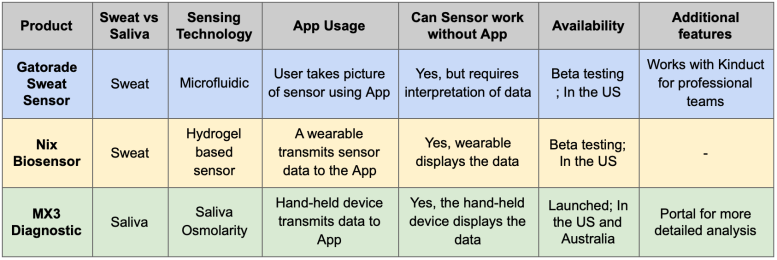
In closing, monitoring hydration of athletes is really important and even being mildly dehydrated can impact performance significantly. With professional athletes travelling regularly for competitions, it is even more critical. The change in climate, diet and routine while travelling can affect an athlete’s hydration. Only by monitoring can the coaches and athlete’s themselves know how much adjustments to make to stay properly hydrated.
There might be other hydration sensors that we left out or haven’t come across. If there are any notable ones that we missed, please leave a comment below. Or if you have any experience with any of the above sensors, we would love to hear your thoughts. As always, thanks for reading!

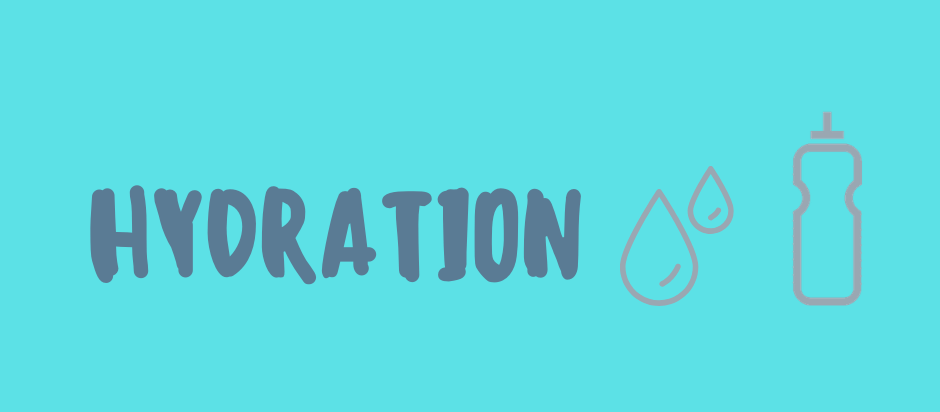
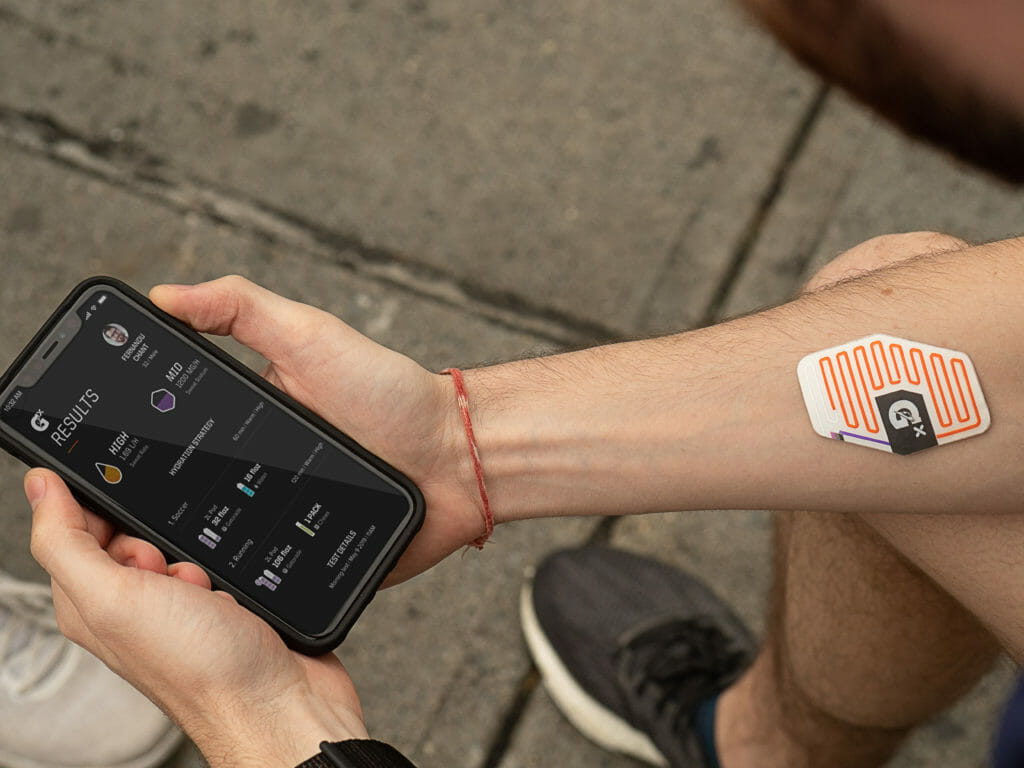
Such a growing need for these technologies, and more! In the meantime, pre-cooling and recovery cooling can assist with thermoregulation and hydration. http://www.orosportsusa.com
LikeLiked by 1 person
Very cool idea! 🙂
LikeLike
MX3 also offers sweat tests now
https://training-conditioning.com/news/mx3-announces-first-portable-sweat-test-system-with-lab-grade-results/
LikeLike
That’s interesting & timely news. Thanks Alan (@65BigLu) for sharing that!
LikeLike
What a great article Julian! In full disclosure I’m the CEO of Intake Health, but I wanted to add our new automated urinalysis solution that monitors hydration to the mix. It’s focused on integrating into high-end athletic team environments at the moment, but we’re actively working toward a consumer athlete solution as well. I’d love to hear what you think! https://intakeathletics.com
LikeLiked by 1 person